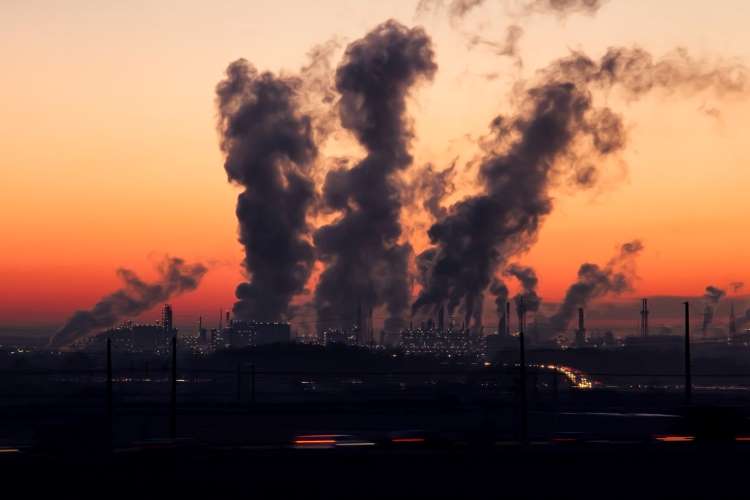
When the Covid-19 pandemic broke out earlier this year, most world nations announced extensive lockdowns to control its spread. A fall in air pollution was palpable, with several studies reporting significant fall in the level of pollutants such as carbon dioxide, nitrogen dioxide and particulate matter. But the efforts could not quantify the decline in pollution due to the pandemic and the steps taken to curb its transmission.
A paper presented at the 2020 International Conference for High Performance Computing, Networking, Storage, and Analysis by Nasa researchers has finally managed to quantify the fall in the level of some major pollutants in earth’s atmosphere. They used computer models to compare the level of pollutants present in the atmosphere with the possible levels in a COVID-free scenario to establish that nitrogen dioxide concentrations since February were lower by around 20%. Nitrogen dioxide is produced when petroleum fuels are burnt by vehicles and industry.
READ I Delhi smog: How fair is it to blame stubble burning
The Nasa team led by Christoph Keller used model simulation and machine learning analysis to quantify the fall in pollution. They conducted research at the NASA Centre for Climate Simulation using a “business as usual” scenario that created a version of 2020 that was not affected by the pandemic and the behavioural changes experienced during the year.
A comparison with the nitrogen dioxide levels in the atmosphere in the previous years would not have yielded a realistic picture of the change in the level of pollutants due to the Covid-19 pandemic and the measures taken by governments across the globe. The model developed by Keller’s team accounted for the normal variations in weather and atmospheric changes. The team created a model that totally ignored the changes brought in by the pandemic.
READ I Future perfect: Life after the fourth industrial revolution
The team calculated the difference between the values derived by the model and the ones from ground observations that accounted for the actual change in emissions from 46 countries. The study showed that 50 of the 61 cities analysed by the team showed a 20-50% fall in nitrogen dioxide emissions. The team compared their findings with the economic numbers reported by the nations included in the study. The two sets of data were so well aligned that the findings clearly reflected the changes in the gross domestic product.
The decrease in nitrogen dioxide emissions was evident even before the official policies were announced. This meant citizens were cutting down on their travel because the talk of the pandemic. After the lockdown was lifted, the nitrogen dioxide emissions increased gradually, but remained below the normal values projected by the “business as usual” model.
Sajna Nair is a former banker. Her areas of interest are environment, art and culture.

